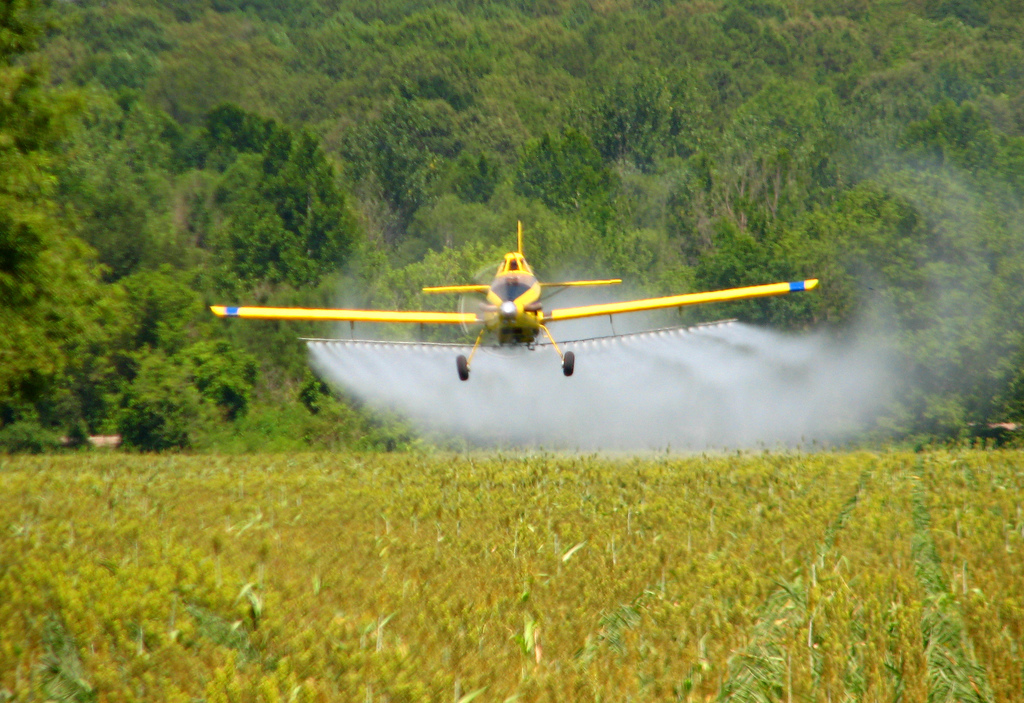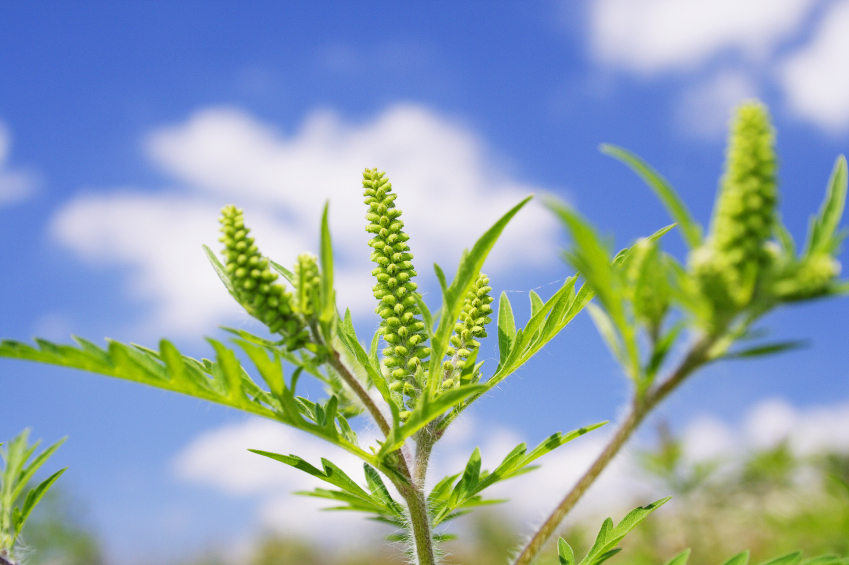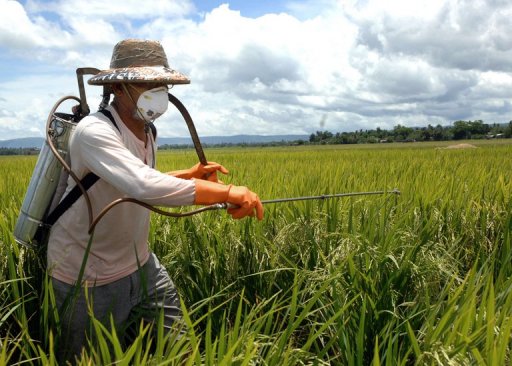Residual Herbicides
Frequent precipitation events throughout most of might in Nebraska have caused a major delay in soybean planting compared to the five-year average (National Agricultural Statistics Service). USDA estimates that by Gregorian calendar month two, eighty one of soybeans had been planted in Nebraska, compared to ninety nine last year. The cool weather and wet soil conditions have disrupt the conventional sequence of early season field operations like chemical applications. several soybean fields in Nebraska are planted this year while not receiving preplant and/or pre emergence herbicides.
Early season weed management is imperative to maximize soybean yield. as a result of wet soil conditions, several soybean growers weren\’t able to apply residual herbicides before soybean emergence. some residual herbicides like twin II wine bottle, FirstRate, Outlook, Prefix, Intrro, Pursuit, Warrant, and Zidua may be applied when soybean emergence. a number of these herbicides like FirstRate (only for broad-leafed weeds), Pursuit, and Prefix have foliar activity to manage tiny, emerged weeds.
Given most soybeans big in Nebraska ar glyphosate-resistant, glyphosate (Roundup) may be tank-mixed with residual herbicides like twin II wine bottle, Warrant, or Zidua (herbicides with no foliar activity) to manage weeds already emerged at the time of application. it\’s conjointly attainable to tank-mix another post emergence herbicides like trainee, Classic, Cobra, Flexstar GT, Fusion, Fusilade DX, Phoenix, and immoderate jacket to manage emerged weeds. this is able to|this could} add a distinct mode of action and might effectively delay or management glyphosate-resistant weeds. Tank-mix partners might cause alternative effects notwithstanding the appliance temporal order. Follow application temporal order and alternative restrictions of tank-mix chemical partners as noted within the chemical label.
Treatment Guide
Several necessary factors ought to be thought of once addressing weed management with residual herbicides applied when soybean emergence:
crop stage,
tank combine partner, weed height,
and carrier choices.
Following is a lot of specific info for residual herbicides that may be applied when soybean emergence.
Dual II wine bottle may be applied at a rate of one to one.33 pints per acre as a post emergence treatment to soybeans from emergence up through the third compound leaf stage. twin II wine bottle won\’t management emerged weeds therefore it should be applied to a weed-free soil surface or in an exceedingly tank mixture with merchandise that offer post emergence management of weeds gift at the time of application. don\’t apply twin II wine bottle if S-metolachlor merchandise like twin wine bottle or twin II wine bottle have already been applied.
First Rate could also be applied any time before the five hundred flowering stage of soybeans. Application before full emergence of the primary soybean compound leaf might cause temporary yellowing or iron deficiency anaemia of soybeans. Tank-mix partners might cause alternative effects notwithstanding application temporal order.
Pursuit may be applied early post emergence in soybeans once weeds ar actively growing and before they exceed a height of three inches. Apply Pursuit before soybean bloom at Associate in Nursing application rate of four oz per acre. Base application temporal order on weed size and not crop growth stage. don\’t tank-mix Pursuit with clomazone-containing herbicides like Command. Use a crop oil concentrate at one.25 gallons per one hundred gallons of spray resolution.
Prefix may be applied at two to two.33 pints per acre as a post emergence application from cracking through the third compound stage of soybeans. death recognizing, leaf crinkling, or curling of soybean leaves might occur following post emergence application, however soybean before long outgrow these effects and develop usually. Prefix alone might management or partly management some emerged broad-leafed weeds; but, for broad spectrum management, tank-mix with alternative herbicides. Add non-ionic chemical agent at zero.25% v/v to the ultimate spray volume. don\’t use crop oil concentrate once applying Prefix post emergence as these spray adjuvants might increase soybean injury.
Outlook could be a selective residual chemical for dominant annual broad-leafed, grass, and marsh plant weeds. Emerged weeds won\’t be controlled Associate in Nursingd should be controlled with an applicable post emergence chemical. Outlook may be applied from emergence to fifth compound leaf stage. the appliance rates in an exceedingly single application are twelve to eighteen Everglade State oz per acre on coarse-texture soils and fourteen to twenty one Everglade State oz per acre on medium-texture or fine-texture soils. this will even be influenced by soil organic matter content. If Outlook is applied in 2 split applications, maintain a minimum fourteen day-interval between applications and don\’t exceed a seasonal total of twenty four Everglade State oz per acre.
Warrant is Associate in Nursing acetochlor-based residual chemical that may be applied post emergence in soybeans when soybeans are utterly emerged, however before they reach R2 (initiation of flowering) growth stage. It may be applied at one.25 to two quarts per acre, looking on soil texture and organic matter content. The optimum temporal order and rate of application is once soybeans are V2 to V3 stage at one.5 quarts per acre. Warrant could be a residual chemical, therefore it should be tank-mixed with a burndown chemical to manage existing weeds.

Thanks for installing the Bottom of every post plugin by Corey Salzano. Contact me if you need custom WordPress plugins or website design.







